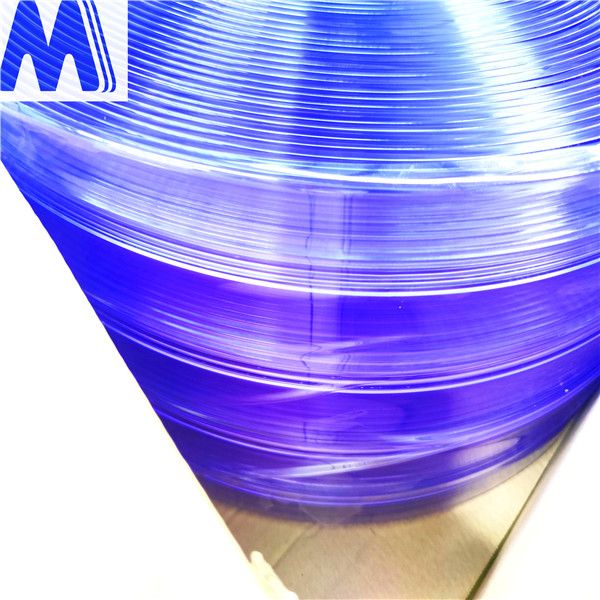- Afrikaans
- Albanian
- Amharic
- Arabic
- Armenian
- Azerbaijani
- Basque
- Belarusian
- Bengali
- Bosnian
- Bulgarian
- Catalan
- Cebuano
- Corsican
- Croatian
- Czech
- Danish
- Dutch
- English
- Esperanto
- Estonian
- Finnish
- French
- Frisian
- Galician
- Georgian
- German
- Greek
- Gujarati
- Haitian Creole
- hausa
- hawaiian
- Hebrew
- Hindi
- Miao
- Hungarian
- Icelandic
- igbo
- Indonesian
- irish
- Italian
- Japanese
- Javanese
- Kannada
- kazakh
- Khmer
- Rwandese
- Korean
- Kurdish
- Kyrgyz
- Lao
- Latin
- Latvian
- Lithuanian
- Luxembourgish
- Macedonian
- Malgashi
- Malay
- Malayalam
- Maltese
- Maori
- Marathi
- Mongolian
- Myanmar
- Nepali
- Norwegian
- Norwegian
- Occitan
- Pashto
- Persian
- Polish
- Portuguese
- Punjabi
- Romanian
- Russian
- Samoan
- Scottish Gaelic
- Serbian
- Sesotho
- Shona
- Sindhi
- Sinhala
- Slovak
- Slovenian
- Somali
- Spanish
- Sundanese
- Swahili
- Swedish
- Tagalog
- Tajik
- Tamil
- Tatar
- Telugu
- Thai
- Turkish
- Turkmen
- Ukrainian
- Urdu
- Uighur
- Uzbek
- Vietnamese
- Welsh
- Bantu
- Yiddish
- Yoruba
- Zulu
Exploring the Latest Innovations in Computer Hardware Technology and Design Trends
The Ever-Evolving Landscape of Hardware Technology
In the rapidly advancing world of technology, hardware plays a fundamental role in shaping our digital experiences. From the early days of computing with bulky machines that occupied entire rooms to today's sleek, powerful devices that fit in our pockets, hardware has undergone a profound transformation. This article explores some key trends in hardware technology and their implications for the future.
One of the most notable developments in hardware is the miniaturization of components. The progression of semiconductor technology has allowed for the creation of smaller, faster, and more energy-efficient transistors. The introduction of Moore's Law, which posits that the number of transistors on a microchip doubles approximately every two years, has driven this change. As a result, modern processors now possess billions of transistors, enabling a level of computational power that was once unimaginable. This miniaturization not only enhances performance but also fosters the development of mobile devices and wearables, putting computing power at our fingertips.
Another significant trend in hardware technology is the rise of specialized processors
. While general-purpose CPUs (Central Processing Units) are still essential for everyday computing tasks, specific applications demand greater efficiency and performance that traditional CPUs cannot provide. This has led to the emergence of GPUs (Graphics Processing Units) for graphics rendering and parallel data processing, TPUs (Tensor Processing Units) for machine learning tasks, and FPGAs (Field-Programmable Gate Arrays) for customizable applications. These specialized chips allow businesses and researchers to tackle complex problems more efficiently, from deep learning algorithms to scientific simulations.hardware

Moreover, the integration of hardware with artificial intelligence (AI) is changing the landscape significantly. AI chips are designed to execute machine learning tasks faster and more efficiently. Companies like NVIDIA and Google are pioneering hardware specifically tailored for AI workloads, enabling faster training of models and real-time inference capabilities. This hardware-accelerated AI is not just revolutionizing industries such as healthcare, finance, and transportation; it is also enhancing consumer experiences through smarter applications and services.
In addition to processing power, advances in storage technology are also essential to hardware evolution. Traditional hard drives are giving way to solid-state drives (SSDs), which offer significantly faster data access speeds, lower power consumption, and increased durability. The use of NVMe (Non-Volatile Memory Express) protocols has further amplified the performance of SSDs, making them a preferred choice for everything from personal computers to enterprise-level data centers. As storage capacities continue to grow, data-driven innovations such as big data analytics and cloud computing become more feasible and effective.
Lastly, as hardware becomes more advanced, sustainability is becoming an increasingly important concern. The electronics industry is actively seeking to reduce its carbon footprint through energy-efficient designs, sustainable sourcing of materials, and recycling programs. Initiatives like the circular economy are gaining traction, encouraging manufacturers to create hardware that can be reused and recycled, thereby reducing waste and promoting environmental responsibility.
In conclusion, hardware technology is experiencing remarkable growth and transformation, driven by miniaturization, specialization, integration with AI, and advancements in storage. As we look to the future, these trends will continue to shape our digital landscape, offering exciting possibilities while also challenging us to consider the implications of our technological advancements on society and the environment. Embracing innovation while maintaining sustainability will be critical as we continue to develop the hardware that underpins our increasingly digital world.
-
Industrial Strip Curtains - Durable PVC & Plastic Solutions for Industrial DoorsNewsJun.24,2025
-
PVC Curtain Strip – Durable Standard PVC Strips for DoorsNewsJun.10,2025
-
PVC Strip Curtain – Durable & Transparent Plastic Strips for Industrial Use Affordable PricesNewsJun.10,2025
-
Clear Plastic Door Curtains Durable & Insulating VisibilityNewsJun.09,2025
-
Commercial Strip Curtains Energy Savings & Durability for Industrial UseNewsJun.09,2025
-
Anti-Cold PVC Strip Curtains Thermal Insulation & Energy Saving SolutionsNewsJun.09,2025



